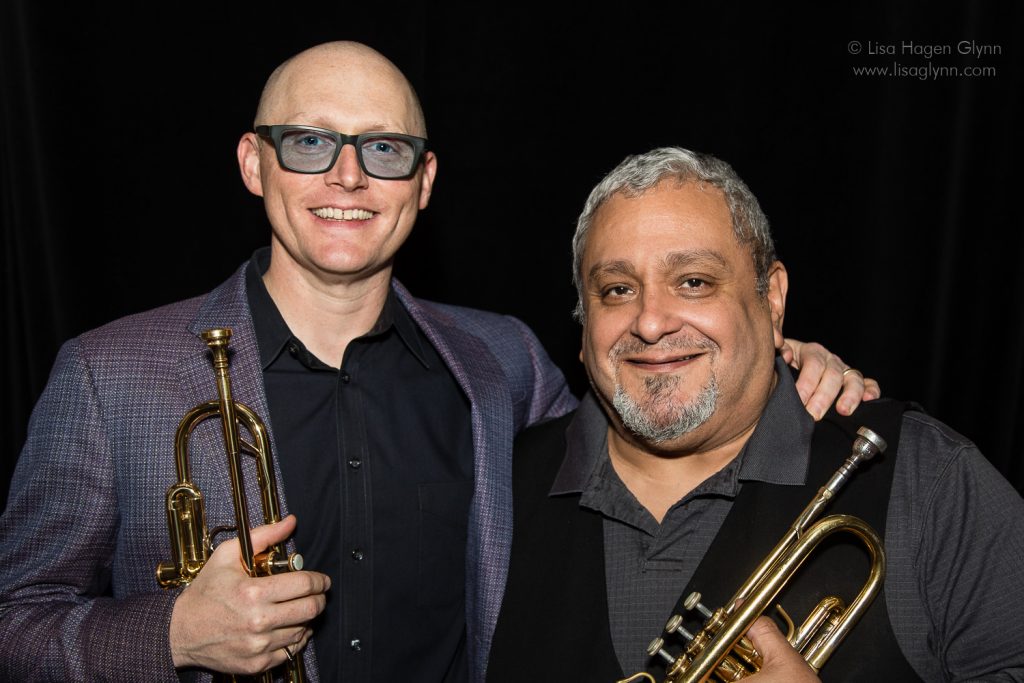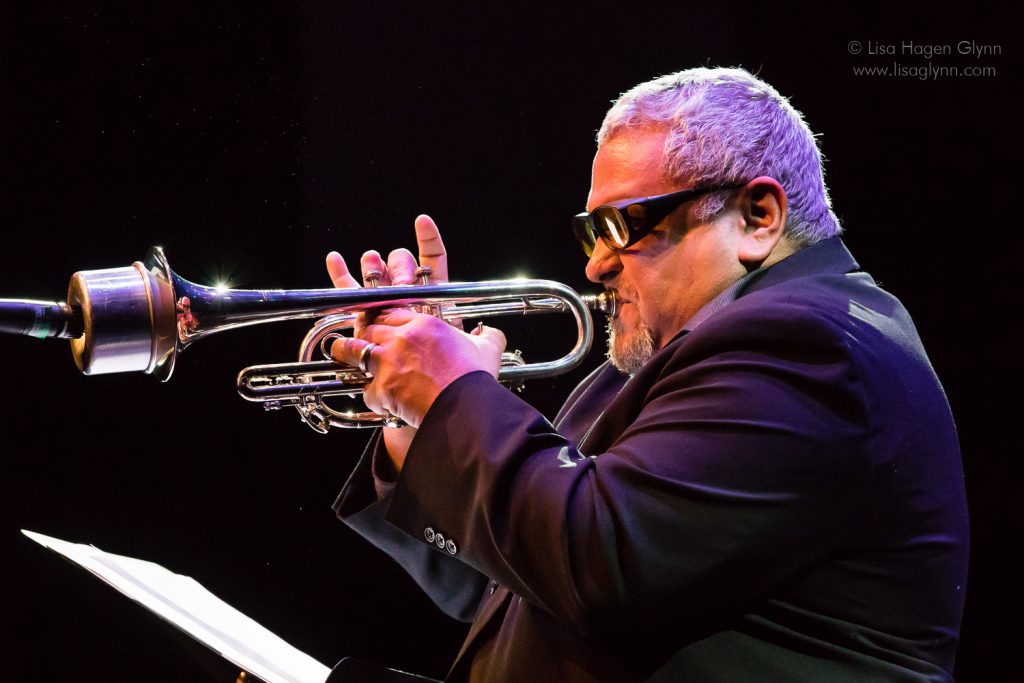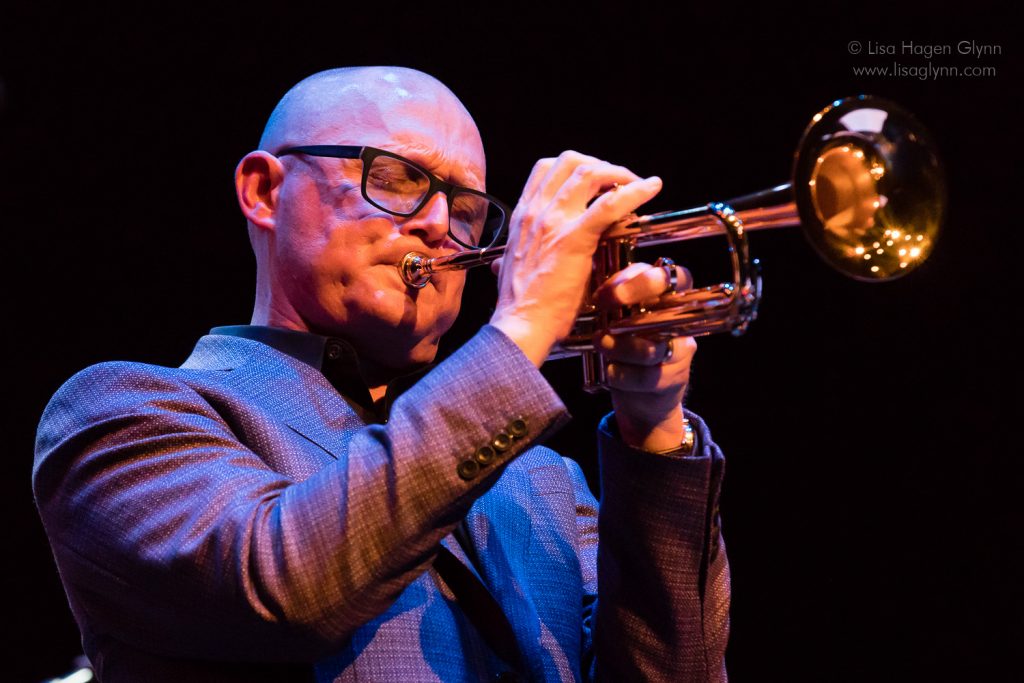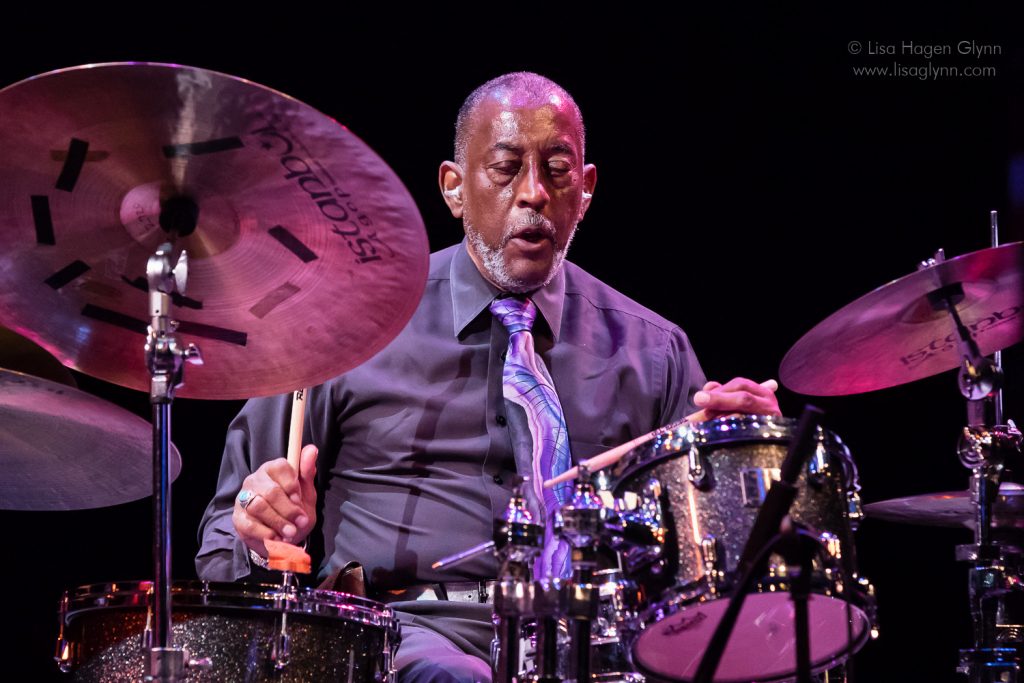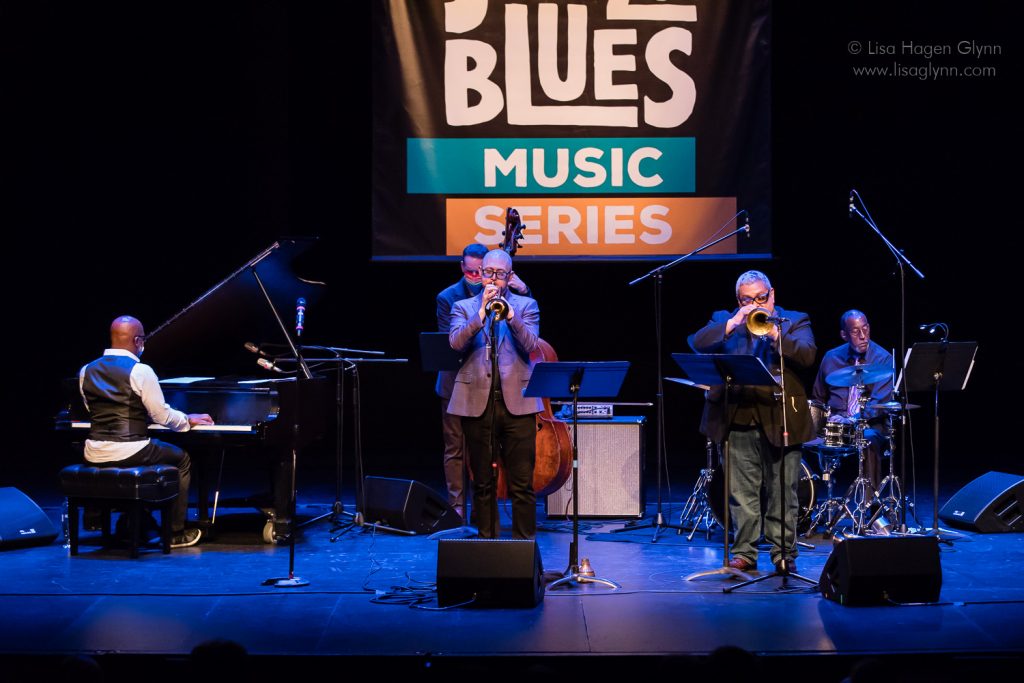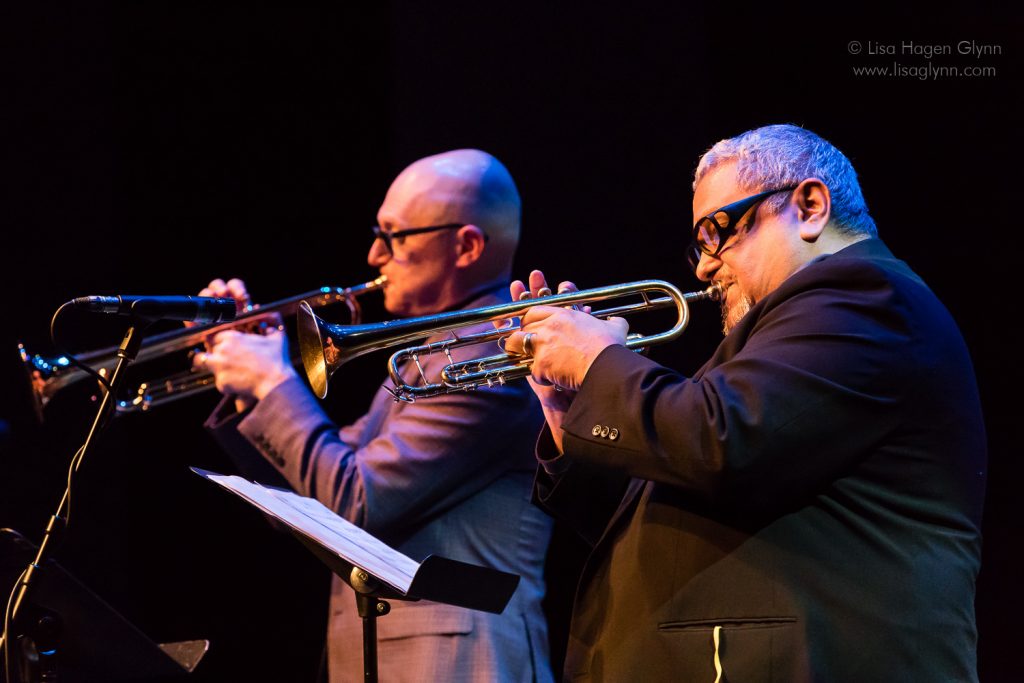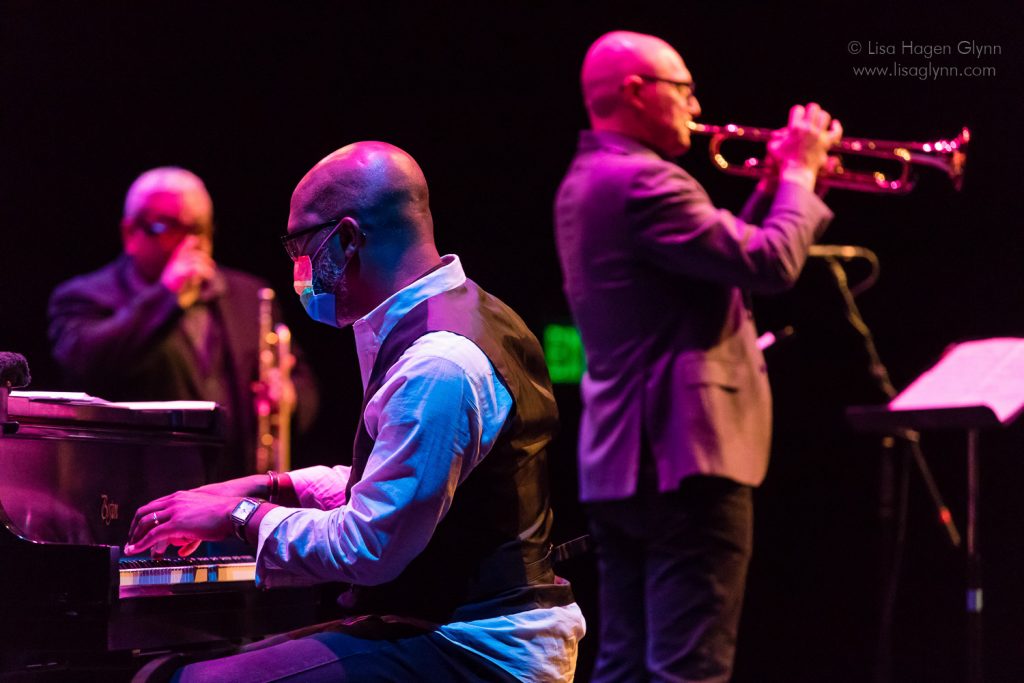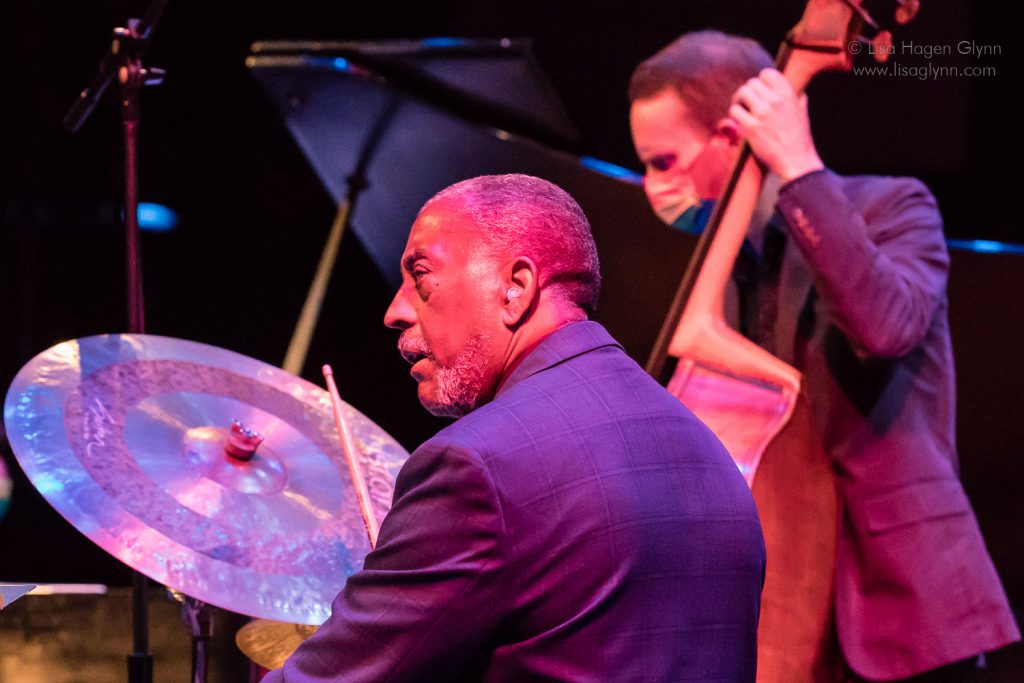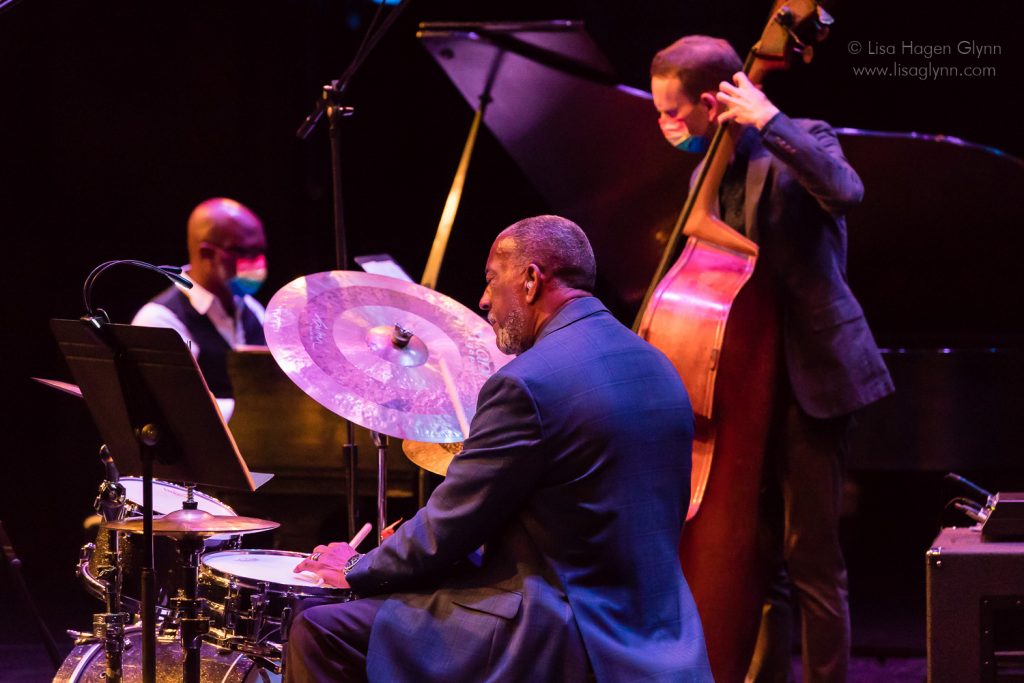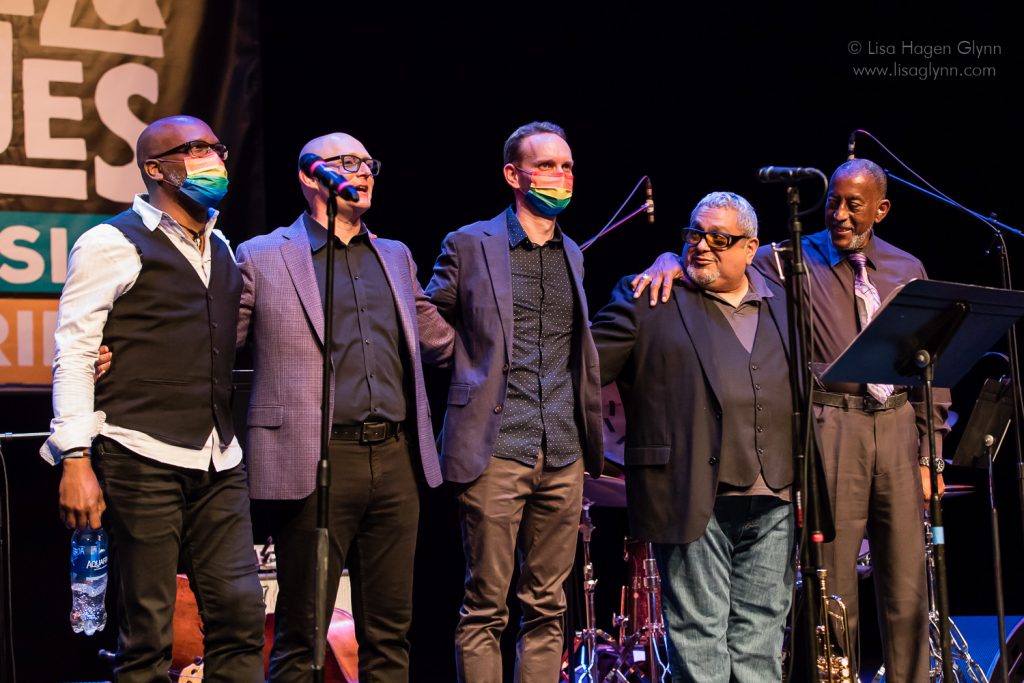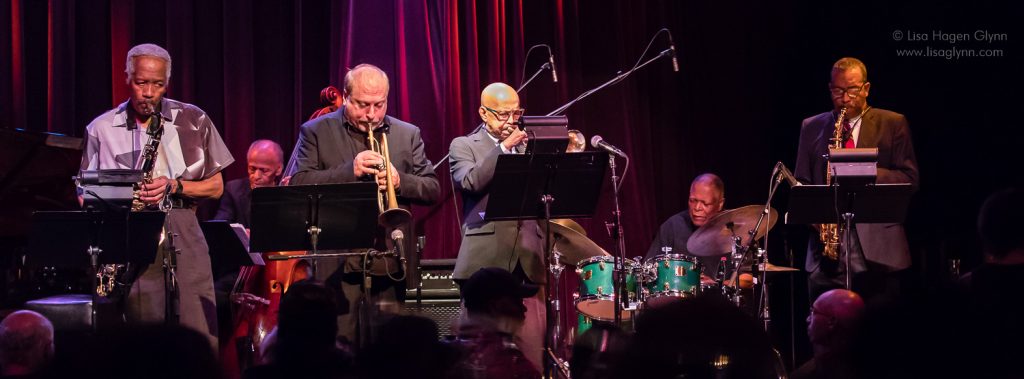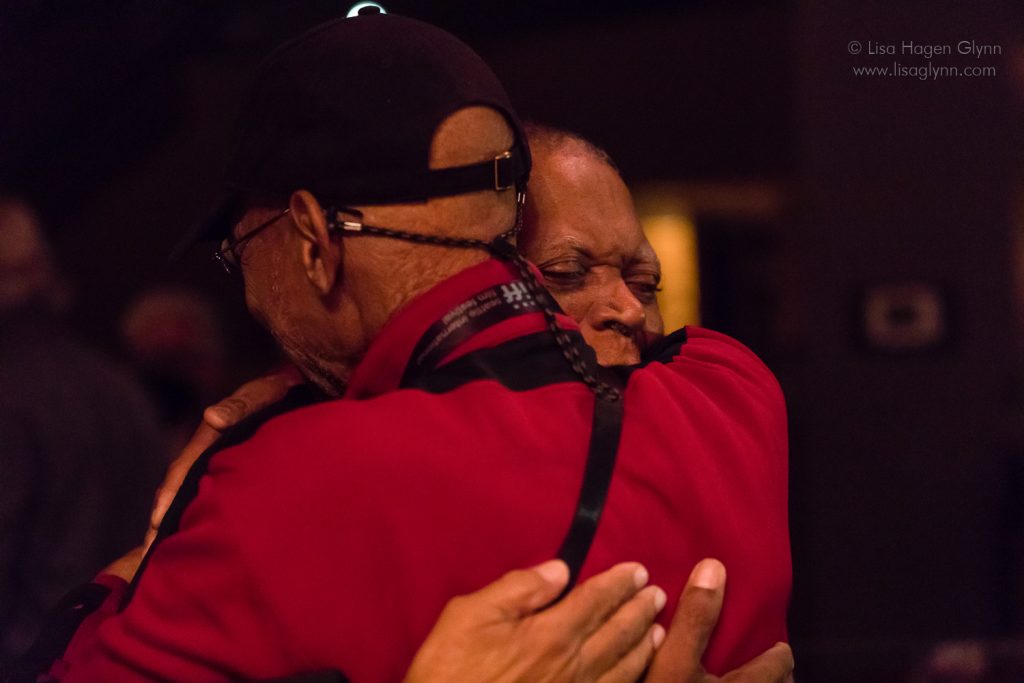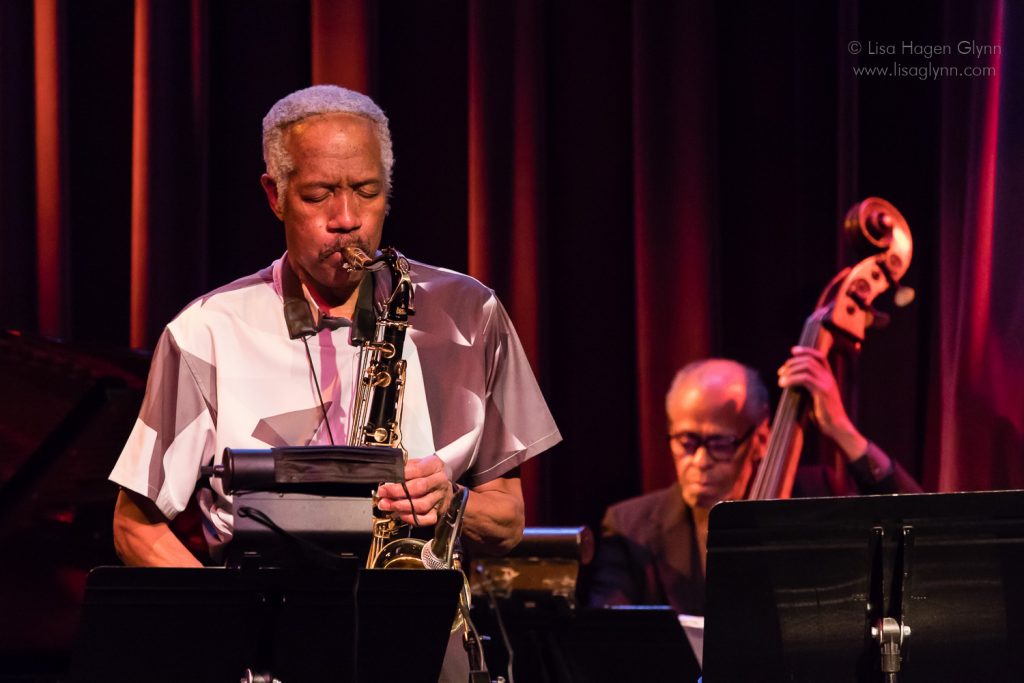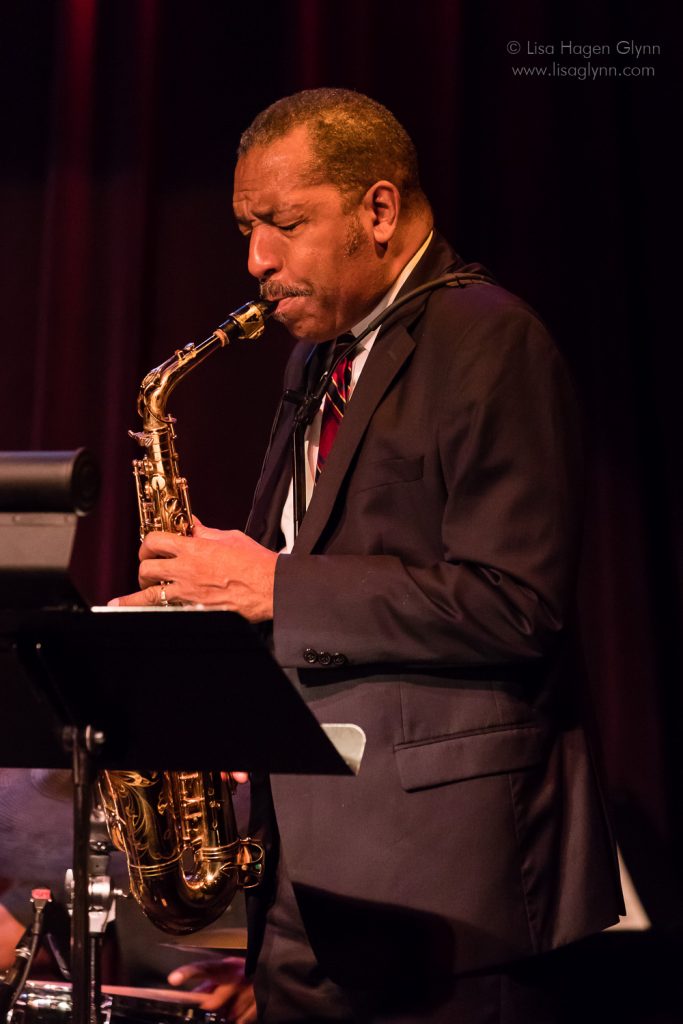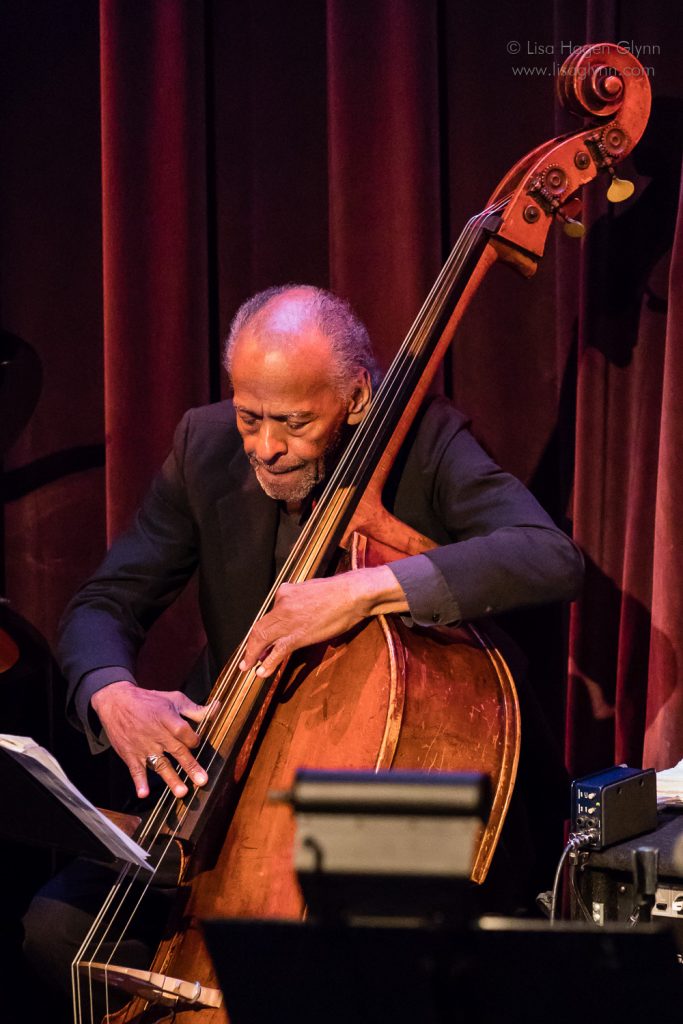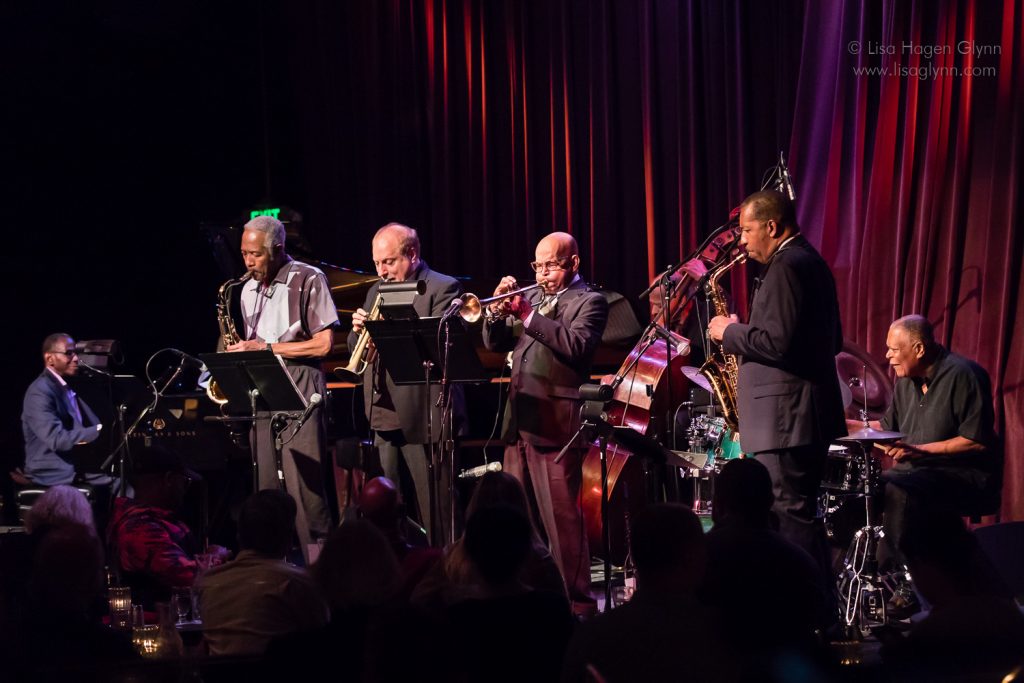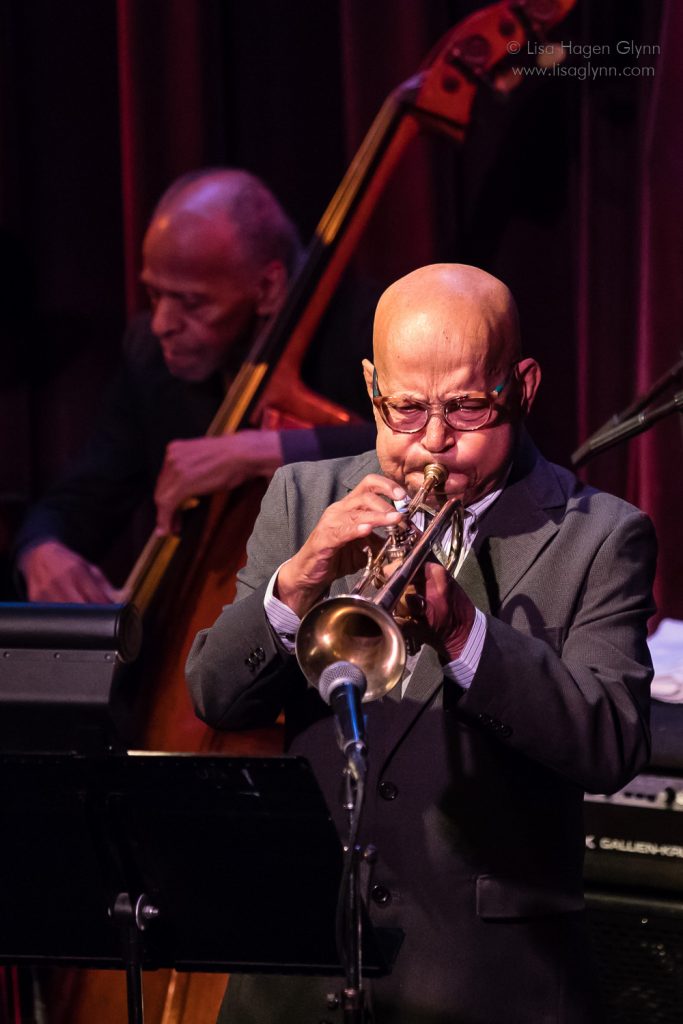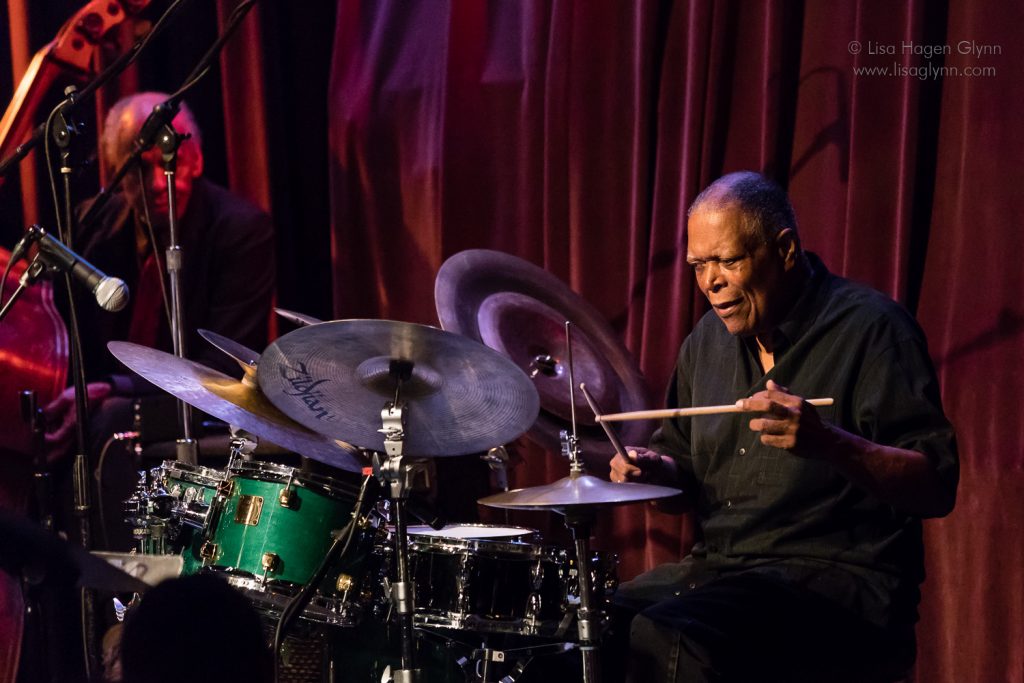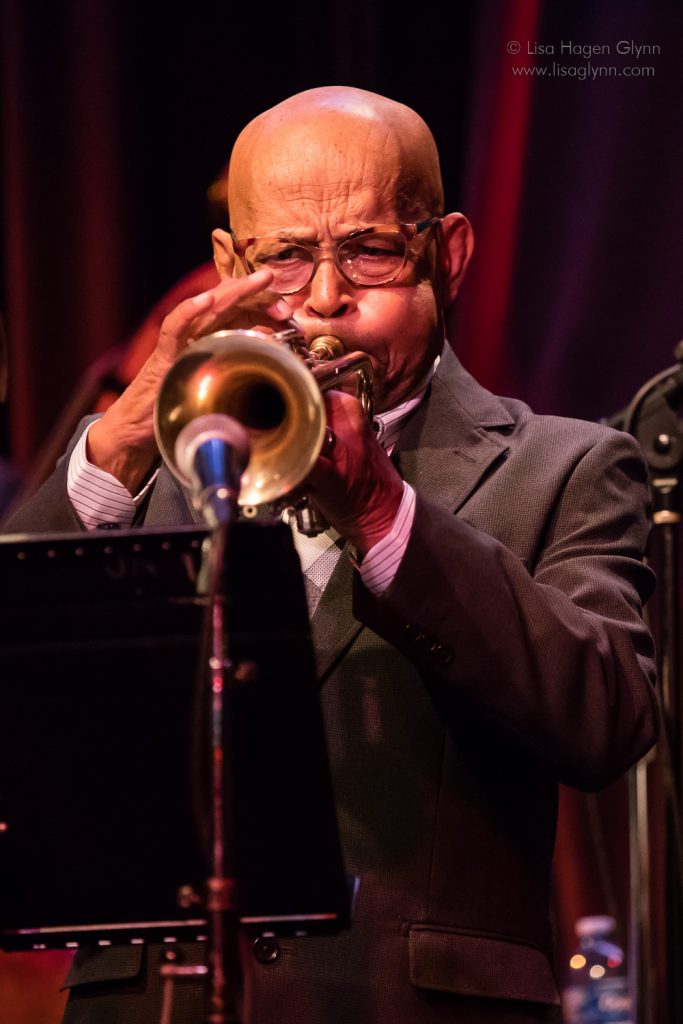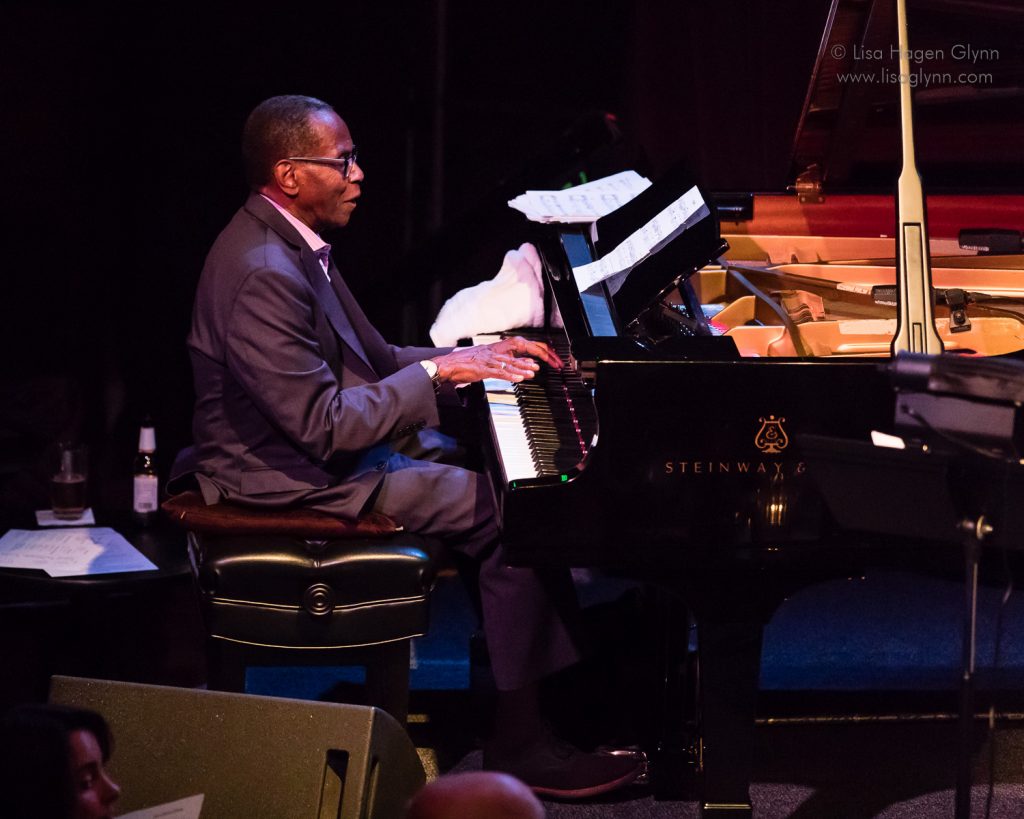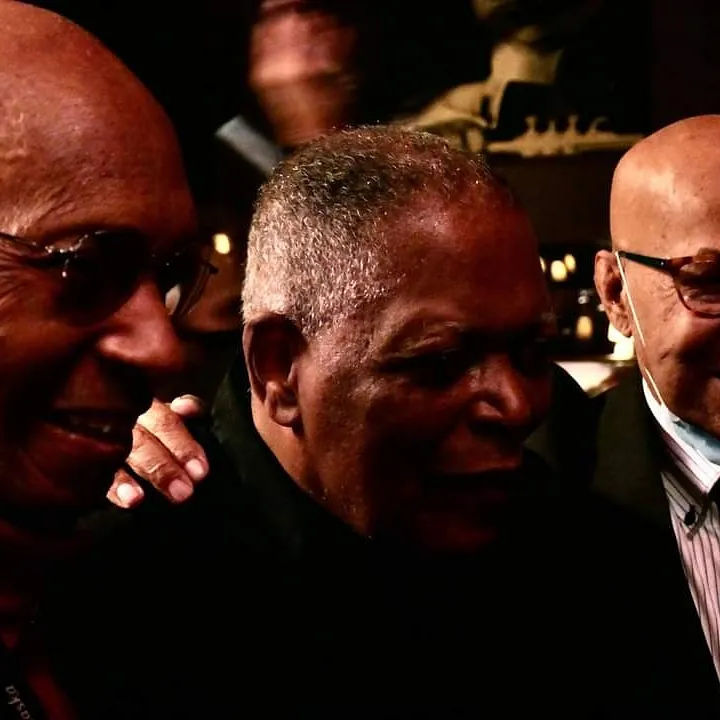Seattle Jazz Fellowship: One Small Step at Vermillion, One Giant Step for the Seattle Jazz Scene
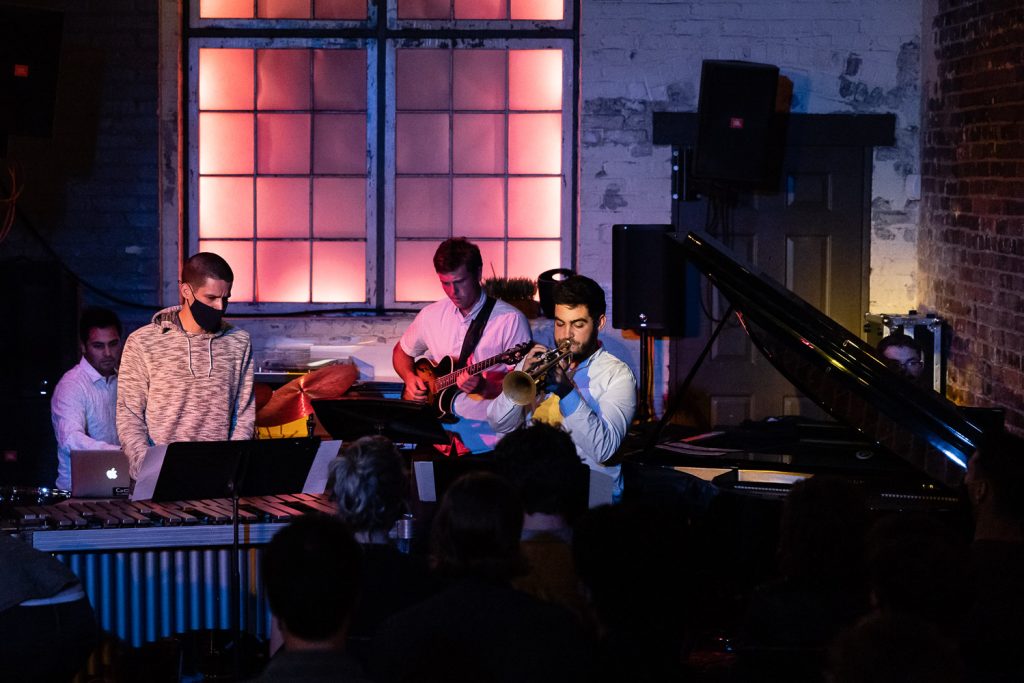
History and historical change happens incrementally. An able writer could expound exponentially about the life changes that added up to Louis Armstrong being the first great messenger of jazz music, step by step, before ever mentioning Duke Ellington. In the history of jazz in Seattle, one evening last week has the huge potential of being the first incremental phase of live, local jazz moving forward in the new jazz century, in such a way that allows more meaningful access for the fans, and a creative outlet for artists that compensates them fairly. It has the potential of uniting in a meaningful way, the musicians of this very social art form, and the patrons that support it. For those patrons, it as well allows them to put their hard earned dollars more directly into the musician’s pockets, impacting the creative process in such a way that positively leads to innovation in the music itself. For those of us who love the music, and see it as an integral part of our lives and culture, October 20, 2021 is the date where a giant step was taken towards a goal of vibrance and stability for the Seattle jazz scene. It was the first live incarnation of the Seattle Jazz Fellowship, and its weekly affair at Vermillion on Capitol Hill.
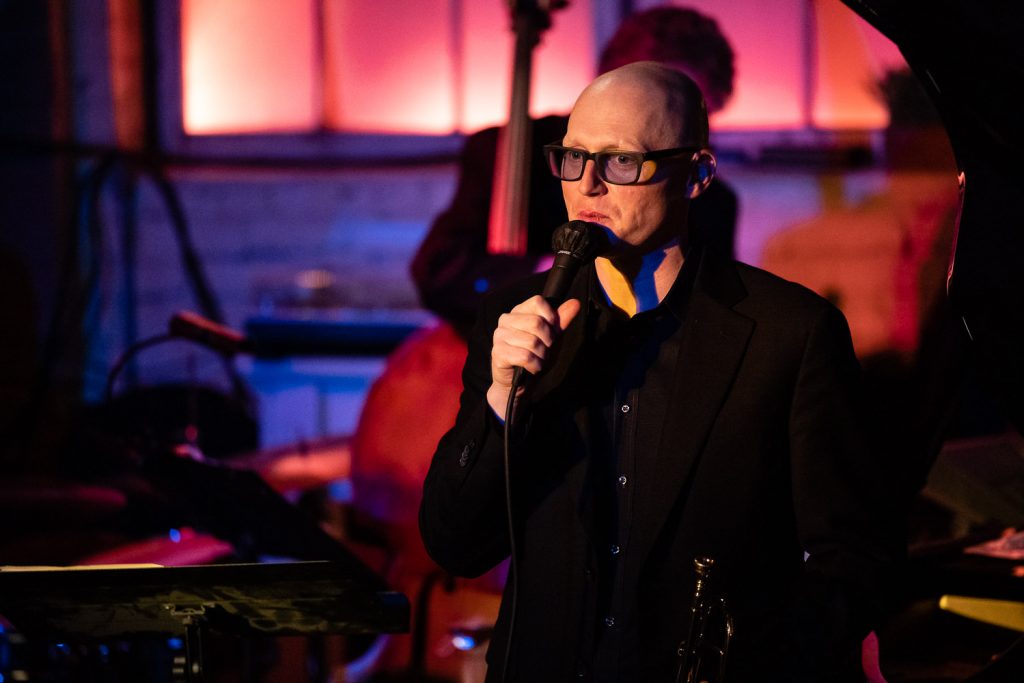
Trumpeter Thomas Marriott, one of the most impactful jazz musicians in recent Seattle memory, has envisioned a movement like this for a number of years. During the deepest, darkest days of the Covid-19 pandemic, he put his ideas on paper, effectively charting the future for post-pandemic, live, resident jazz in Seattle. With the eventual goal being a five night a week venture in a permanent home, the Seattle Jazz Fellowship has taken its first incremental step towards that goal, forming a Wednesday night partnership with Vermillion, an art gallery and bar that has mainly hosted music from the city’s avant-garde and improvised music community. Marriott purchased a piano and a PA system, and began operations in Vermillion’s brick lined digs. The room is quite vibrant acoustically, and the music was able to take place without electronic assistance with the exception of light amplification for bass and electric keyboards. The piano was not mic’d.
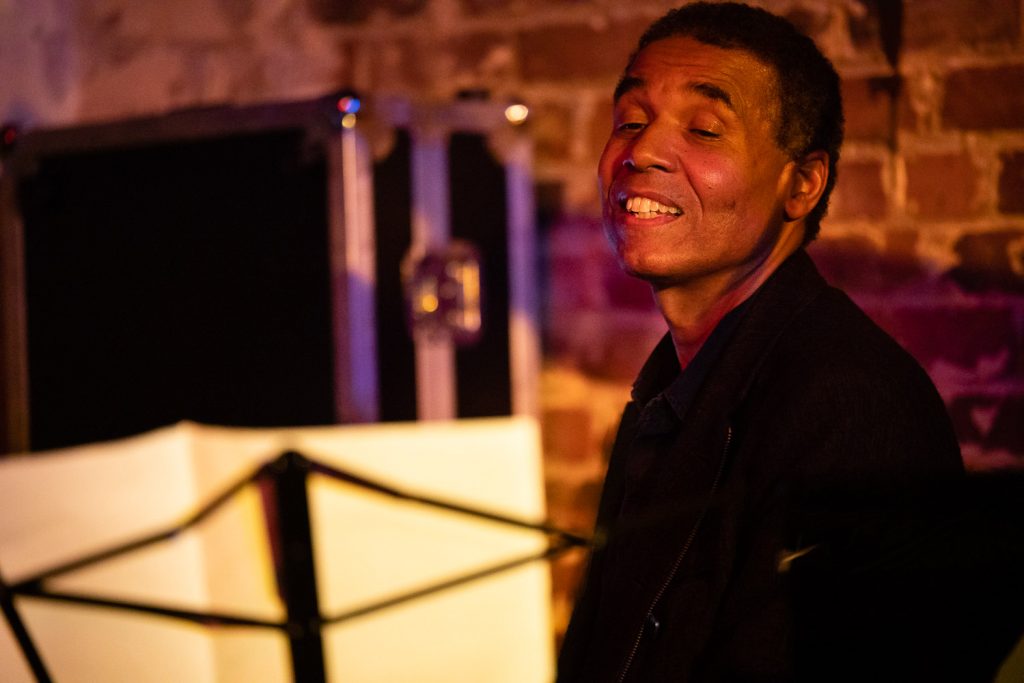
As a 501(c)3 non-profit, the fellowship cannot charge a cover, but has a twenty dollar suggested donation that includes two sets of music from the best Seattle jazz has to offer. The programming however, actually starts in the afternoon at 5 PM, with a free listening event designed for students and jazz fans alike. Historic trombonist and jazz icon, Julian Priester, spends an hour playing albums he appears on, and discusses the historical aspects of that recording. Mr. Priester has appeared on albums and toured with Max Roach, Abbey Lincoln, John Coltrane, Sun Ra, Herbie Hancock, Duke Ellington and more. His own records on ECM and Riverside will be explored as well.
On his first go-around, Priester played and expounded on his 1960 Riverside date, Keep Swingin’, and shared wonderful stories about his time with such greats as Roach, Lincoln, and Tommy Flanagan. To sit in a quiet room, talking about a session that took place over sixty years ago with one of the participants was magical, an opportunity not to be missed. Unfortunately, the audience consisted of twenty six musicians, and not a single high school student. The hope is certainly that students will begin to take advantage of this rare opportunity to share time with Priester.

At 7 PM, the club opened officially for an hour of hang time prior to the first set. Vermillion had been shuttered since the beginning of the pandemic, and it took a little work to create the space the event required. Many familiar faces checked in, as well as many new, young faces, all covered in masks. Vaccination ID was checked at the door, adding a layer of social comfort to the event.
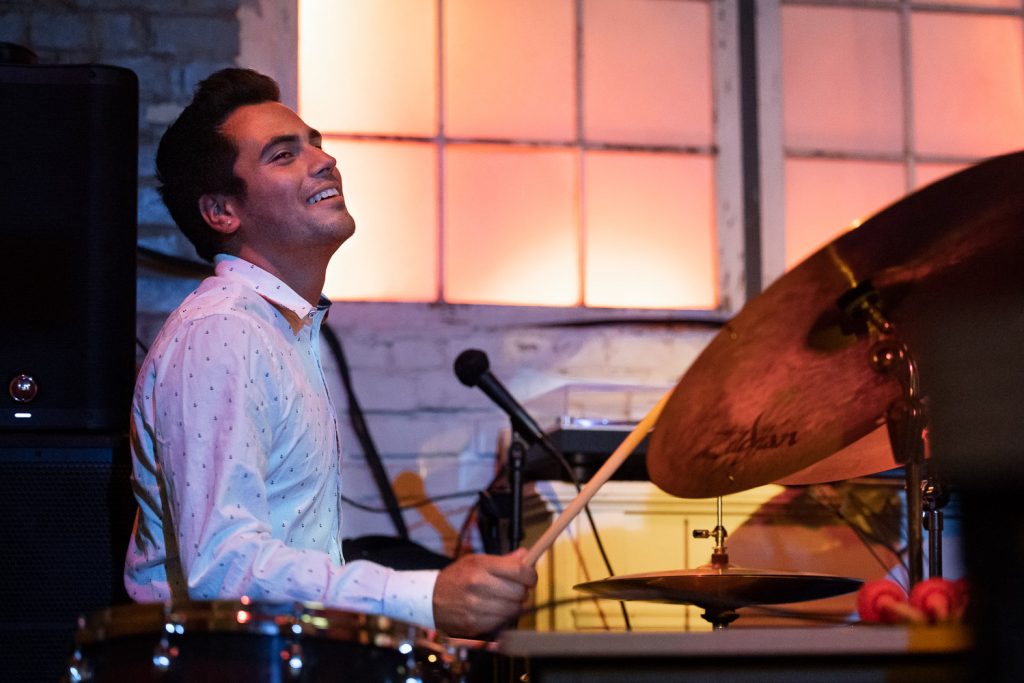
From the first note, the room was resonant, the sound projecting out of the bar, and down the long corridor that is the art gallery. People walking through the front door could hear the acoustical brilliance of the room, with the piano of Marc Seales coloring the sound with gorgeous voicings. Drummer Gary Hobbs, up from Portland for the evening, chimed in at first, and then dug in, being his usual swinging self. So appropriately, bassist Chuck Deardorf was on the gig, and sounding better than ever, literally. Deardorf has been a first-call musician in this town since the early seventies, playing often at clubs like the original Jazz Alley in the U District, Parnell’s, The Rainbow and the Pioneer Banque, all of which are swept away into the dustbin of history. Marriott’s trumpet sound was in perfect tune with the physical aspects of the room, his resonant tone rising and projecting immensely. The quartet was in perfect tune with the human vibe in the room, as fifty people filled the tiny, brick lined digs at the Capitol Hill club.
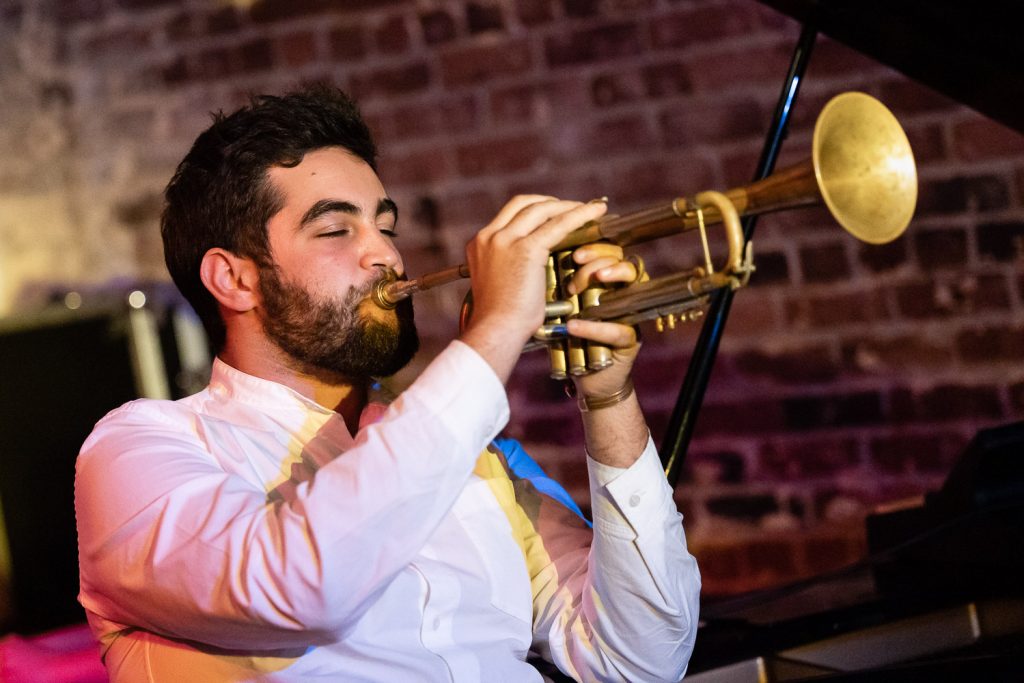
A short break between sets provided more time for people to enjoy the fellowship of community, in many cases, greeting long time friends not seen since the pandemic shut down live music eighteen months ago. The diversity of the crowd itself was stunning in terms of age–being so indicative of the long term multi-generational nature of jazz scenes around the globe. Those attracted are not done so by generational trends, or corporatized marketing. The music is the thing, the appreciation of beauty, the immersion into something that elevates us emotionally and spiritually. There were no expensive dinners to buy, no craft cocktails required. Hungry patrons took advantage of Mario’s across the street. Vermillion owner Diana Adams provided drinks and friendly service. It was obvious she was there for the art, the music itself, just as everyone else in her bar.
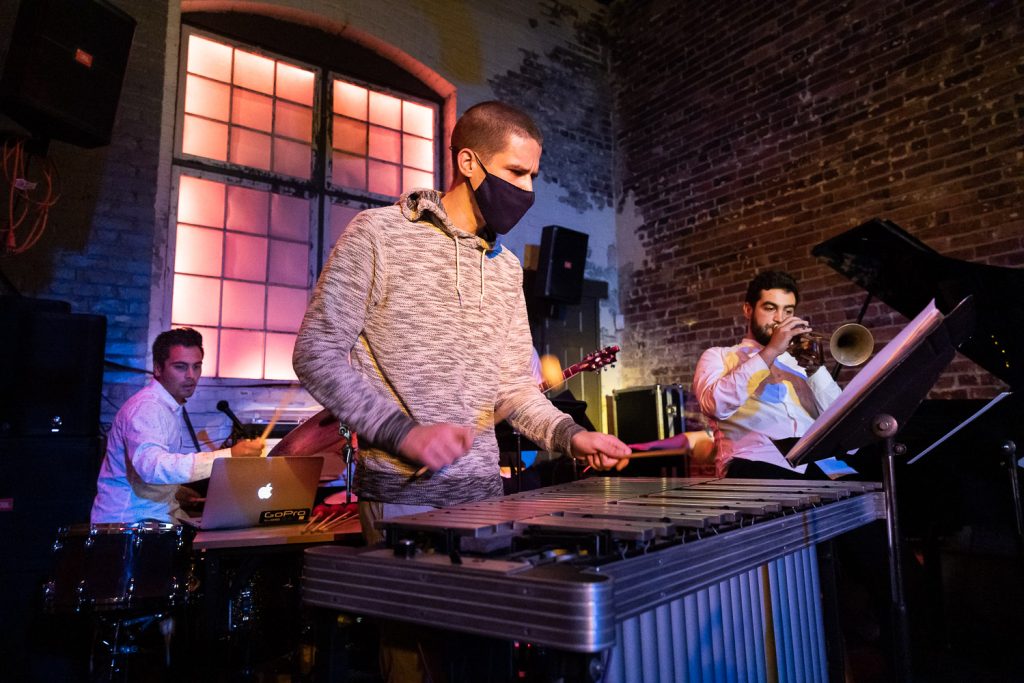
Drummer/composer Xavier Lecouturier led his quartet the second set, a bassless ensemble that morphed into a quintet with the last minute addition of trumpeter Noah Halpern. Some of the usual suspects were on the gig, with Meridian Odyssey bandmates Martin Budde (guitar), and Dylan Hayes (piano, keyboards). Vibraphonist Matt Williams, known more prominently as a pianist, but as well highly skilled on vibes, completed the band. With the bassline maintained collectively by Hayes, Budde and Halpern, soloists were free to explore with less visible and audible parameters, creating a unique, orchestral sound. Halpern’s ardent tonality was rich and warm, giving the evening an extraoridinary two trumpet hit. Budde’s playing was free, probing yet thoughtful, as his evolution continues to unfold before us. Lecouturier acted as a leader should, often kicking rhe music in another direction with his confident playing that embraces the entirety of the jazz tradition. Noticeable of course, was like the audience, the group of musicians playing that evening spanned four generations. If you include Priester into the mix, there was sixty five years of separation between the most highly regarded elder, and the youngest player on the gig. There is beauty and value in that beyond measure.
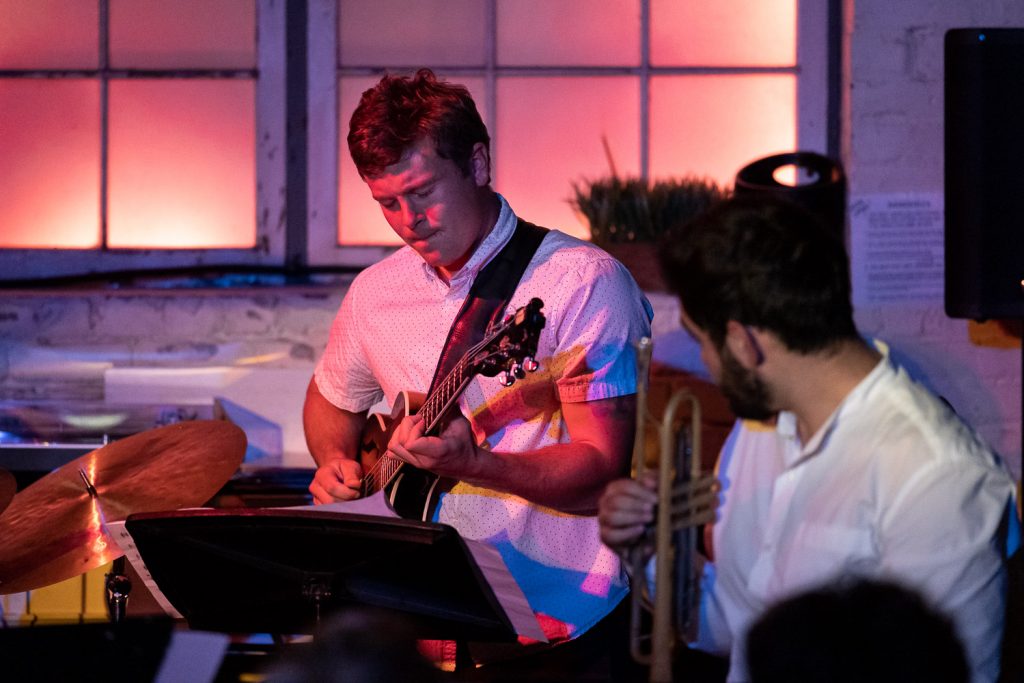
The Seattle Jazz Fellowship could not have hoped for a better result the first time out of the gate. The evening was competing with the Earshot Jazz Festival and Jazz Alley, and received an audience that was attentive, mature, joyous, engaged and aware of the value of masking and being vaccinated. The music was thrilling, the vibe generous and positive and our hosts at Vermillion, kind, helpful and all in on the music.
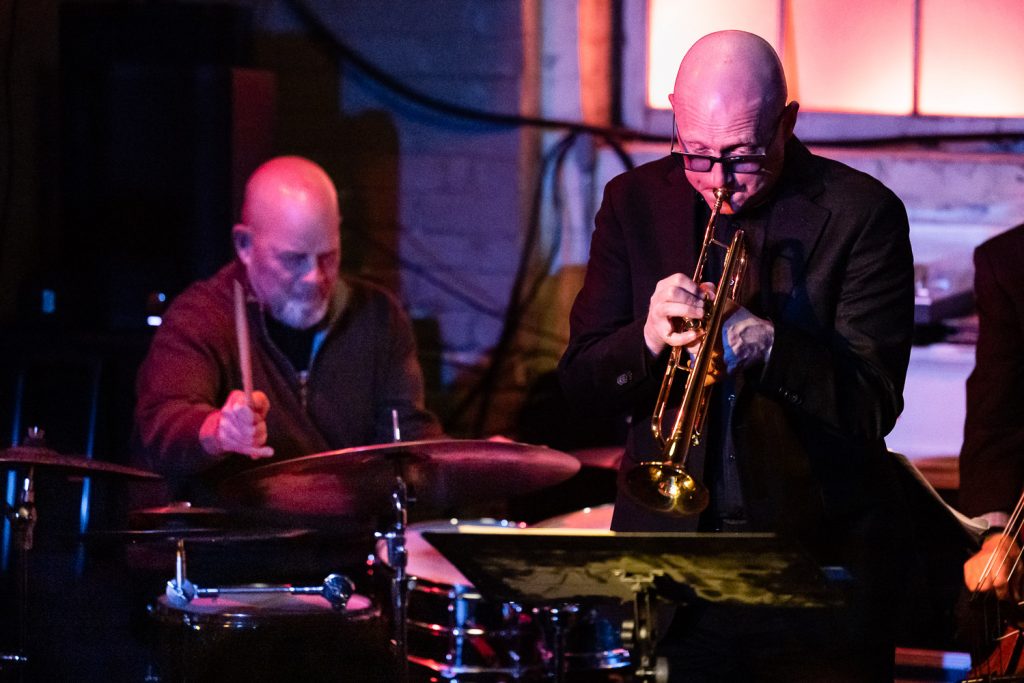
The Seattle Jazz Fellowship offers a weekly opportunity to show your support for local Seattle jazz, hear vibrant and important music and gather in fellowship with friends. Best of all, it won’t cost you half your weekly paycheck to attend. It is an organization for the music, and the community that embraces it. Musicians and patrons alike are equal partners in this most social music. October 20, 2021, mark it down. It is step one of a journey that very well could determine the future of the Seattle jazz scene. https://seattlejazzfellowship.org/
